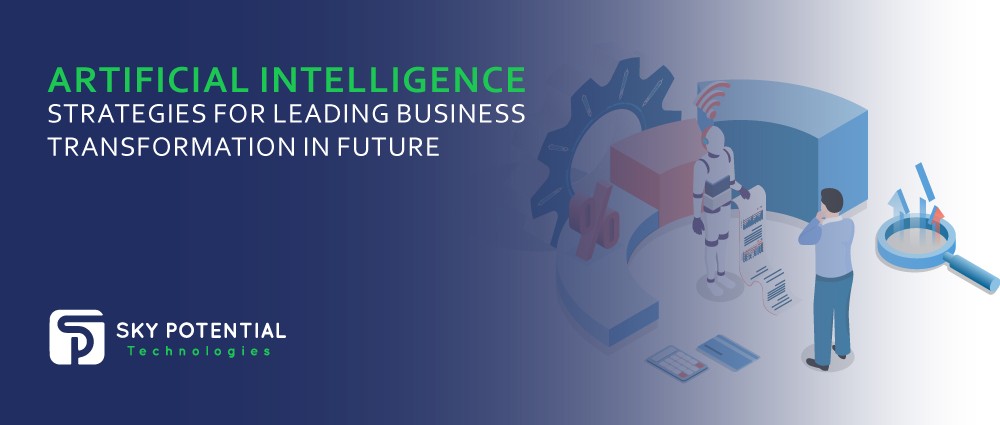- AI

Artificial Intelligence

Smart Products & Services
We follow Smart Products & Services

Intelligent Business Functions & Processes
We follow Intelligent Business Functions & Processes

Robotic Process Automation
We follow Robotic Process Automation

Personalized
healthcareWe follow Personalized healthcare

Identifying at-risk patients
We follow Identifying at-risk patients

Optimized routing and scheduling
We follow Optimized routing and scheduling
- ML

Machine Learning

Predictive
AnalyticsWe follow Predictive Analytics

Service Personalization
We follow Service Personalization

NLP
We follow NLP (Natural Language Processing)

Stock Market Forecasting
We follow Stock Market Forecasting

Fraud Prevention
We follow Fraud Prevention

Recommender engines
We follow Recommender engines
- blockchain
- IOT

Internet of Things
- AR
- Business Solutions

Business Solution

Business Performance Management
We follow Business Performance Management

Decision Making & Big Data Analytics
We follow Decision Making & Big Data Analytics

Enterprise Data Management
We follow Enterprise Data Management
- Apps

Apps

Native Apps
We follow Native Apps

Cross Platform Apps
We follow Cross Platform Apps

Web Apps
We follow Web Apps

Hybrid Apps
We follow Hybrid Apps

Cloud Native Apps
We follow Cloud Native Apps
- Lab

Artificial Intelligence Strategies for Leading Business Transformation In Future
Companies are implementing artificial intelligence into their operations across industries, with varying degrees of success. What separates the AI projects that succeed from the ones that don’t typically has to do with the business strategy firms adopt when deploying AI.
Although a lot of people think of artificial intelligence as a technology for the future, it currently exists. From smart home gadgets like Google Home and Amazon Alexa to Spotify employing machine learning for music suggestions, many firms across a variety of industries have been implementing AI to better their operations. However, there have also been notable early flops, such as Microsoft’s Tay social-learning chatbot’s anti-social behaviour after interacting with antagonistic Twitter followers and IBM Watson’s failure to produce individualised health care results. The business strategies that firms use when using artificial intelligence app development are frequently what set successful AI initiatives apart from those that fail. Business executives can use the following tactics to successfully use AI in their company, but are successful in modifying it to innovate, contend, and perform well.
-
Consider Artificial Intelligence as a Tool Rather Than a Target

One danger businesses may run into when launching new AI efforts is that the intense concentration and excitement surrounding AI may cause it to be seen as a goal in and of itself. However, CEOs should exercise caution when creating a plan expressly for AI and should instead concentrate on how artificial intelligence strategies may support the company’s overall strategy. This is described as “backward from strategy, not forward from AI” in a recent report from the Boston Consulting Group and the MIT Sloan Management Review.
Therefore, a preferable strategy for businesses would be to assess current goals and issues with a close eye for the problems that AI is particularly suited to tackle rather than endlessly seeking for all the places where AI could fit in. For instance, given high-quality training data, machine learning algorithms have substantial advantages in terms of their predictive capacity. Companies should start by identifying current problems that could benefit from these characteristics because they are likely to be the ones where deploying AI is not only feasible but also has the potential to significantly benefit the company.
-
Utilize a Portfolio Strategy

Long-term, it will be most beneficial to approach AI as a tool and look for AI applications that are particularly well aligned with corporate strategy. When businesses are just starting started, we would not advise them to combine all of their AI resources into a single, enormous moonshot initiative. Instead, we recommend employing a portfolio approach to AI initiatives that incorporates both short-term successes and long-term endeavours. This strategy will give businesses the chance to experiment with AI and develop internal consensus, which can eventually assist the success of bigger, more strategic, and transformative projects.
Quick wins are modest initiatives that focus on enhancing internal employee touch points. For instance, businesses may consider particular challenges that staff members face in the course of their work, and then come up with ideas for how AI technologies might speed up or simplify some of these challenges. Applications for internal use include speech-based solutions for managing or scheduling internal meetings as well as voice search interfaces.
Although it is doubtful that these projects would completely change the company, they do have the essential function of educating personnel about the advantages of AI, some of whom may at first be sceptics. These initiatives also give businesses a low-risk chance to develop the data management expertise that will be required when taking on bigger AI projects.
-
Learn New Skills and Develop Your Talent

Companies should adopt a disciplined approach to expanding their talent pool, focusing on both reskilling existing staff members and employing outside experts, in addition to building capabilities through fast wins. Given that the majority of engineers in a company would have had computer science training prior to the current interest in machine learning, concentrating on expanding the talent pool is very crucial. Retraining is therefore crucial because it’s unlikely that most organisations have enough of the skills required for starting AI initiatives.
Google started an internal training programme when it first started using AI, inviting staff members to spend six months working in a machine learning team with a mentor. After this period of time, Google divided these professionals among its product teams to make sure that everyone in the firm could gain from reskilling in AI. To affordably reskill personnel in AI, there are numerous new online courses available.
-
Keep the Long Term in Mind

Given that AI is a relatively new industry, early mistakes for businesses are essentially inevitable. Early failures shouldn’t deter businesses from making future AI investments. Instead, businesses should be aware of and combat the propensity to retreat following an early setback.
In the past, many businesses have failed in their initial forays into cutting-edge technologies, such as when utilising the internet, the cloud, and mobile computing. Following initial failures, businesses who withdrew, stopped, or reduced their efforts frequently found themselves in a worse long-term position than those that remained.
-
Address Biases and Risks Specific to AI Forcefully

Companies should be aware of the potential new hazards posed by AI and take proactive steps to control these risks early on. Without understanding these particular dangers, corporations may launch AI initiatives that have unforeseen negative effects on society and expose them to additional reputational, legal, and regulatory problems.
Conclusion
Given that the alternative, human decision-makers, also exhibit bias, AI shouldn’t be abandoned. Instead, businesses should be aware of the different types of social harms that AI technologies may cause and thoroughly audit their algorithms to find biases before they have a harmful influence on society. In addition to reputational, legal, and regulatory concerns for businesses, moving forward with AI initiatives without being aware of these societal risks might have very negative effects on society. If you are looking for guide about, artificial intelligence app development, get in touch with Sky Potentials.



















































Leave a Reply